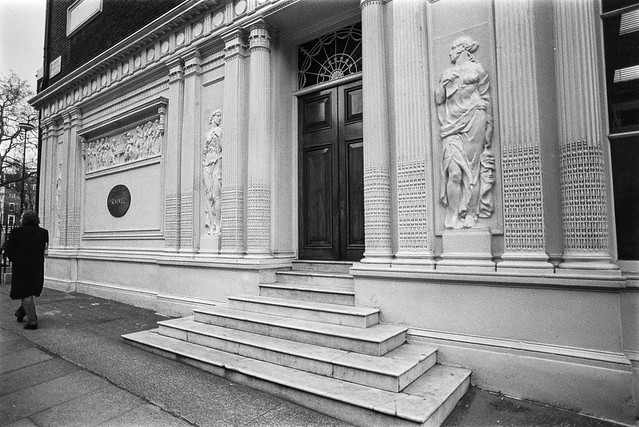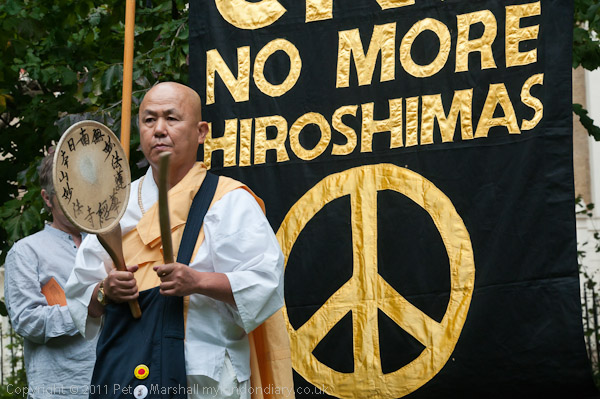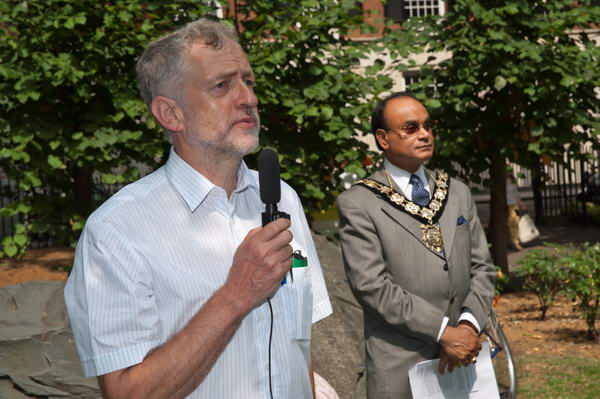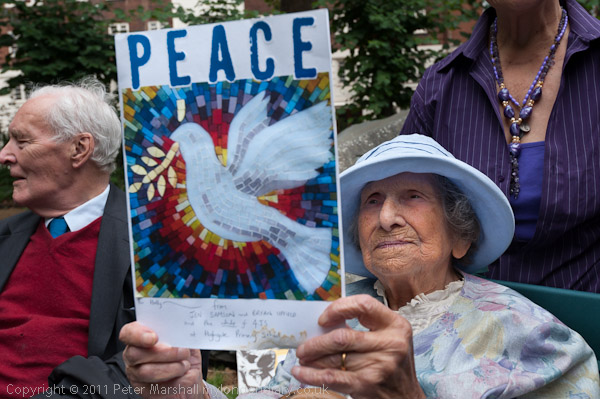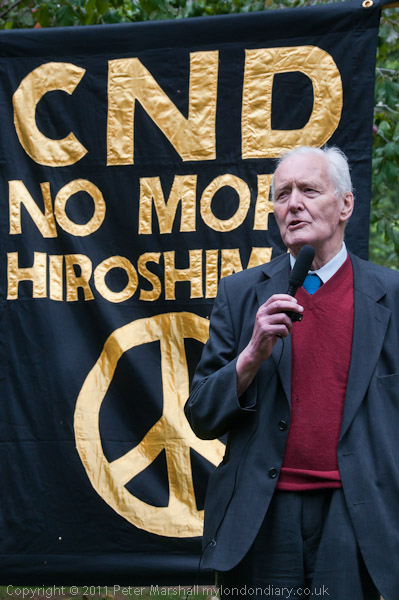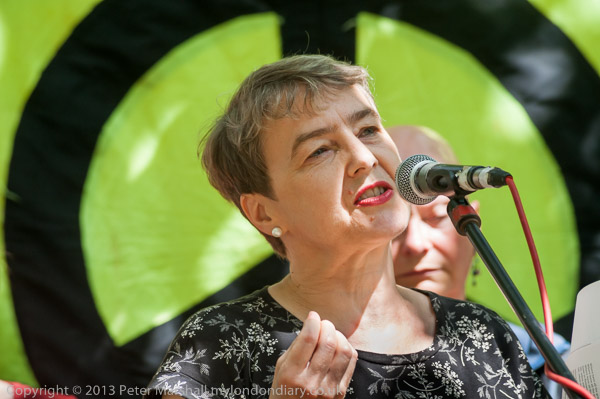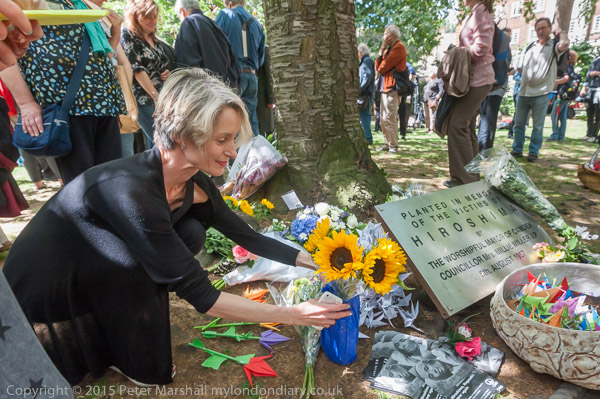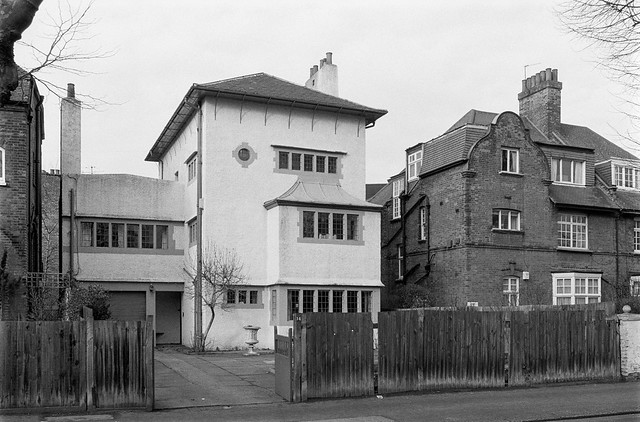Almost every picture I took in Shoreditch in 1987 seemed to have a ‘For Sale’ notice on a building in it.
Shoreditch is an area just outside the City of London, and it was this position outside of the City’s jurisdiction that led to its being the site of London’s first theatres towards the end of the 16th century. These soon moved to other areas – such as Southwark – but people and trades continued to grow in the area. There was a massive increase in population in the Victorian era, with local industries particularly based on timber and furniture-making and upholstering. There are still many Victorian warehoused in the area, but almost all now put to other uses as the furniture trade lost out to cheaper mass-produced and often imported goods. The de-industrialisation was hastened by the shift under Thatcher away from manufacturing to service industries, and by the time I took these pictures in 1987 many warehouses and workshops were empty.
The fire at Butler’s wharf led to the many artists who had set up studios and often lived in them illegally in disused warehouses being given notice to quit in 1978/9. One of my artist friends being evicted got on his bike and cycled north looking for a suitable new home and got a flat tire on Curtain Rd. He stopped to repair it outside a furniture factory which was closing down and asked a man there if he could have a bowl and water to try and locate the puncture. They talked a little and he was told that the premises were to let – and he had his studio there for the next 20 years or more.
Other artists also found cheap property to use as studios, and their presence kept the area alive and gradually made it a more desirable area. Developers moved in, rents increased and artists were gradually forced out of the area, as new clubs, restuarants and other leisure venues proliferated. From the mid-90s Shoreditch began to be a popular area to go for a night out, and is now one of London’s tourist destinations.
There are still some artists with studios in the area, but most of its art is now outside on its walls as London’s prime graffiti area. In their place as well as the clubs and food outlets the area has also become home to many high-tech computer based companies, and an epitome of gentrification and hipster culture.
More from Shoreditch and elsewhere on Page 3 of my 1987 London Photos.















